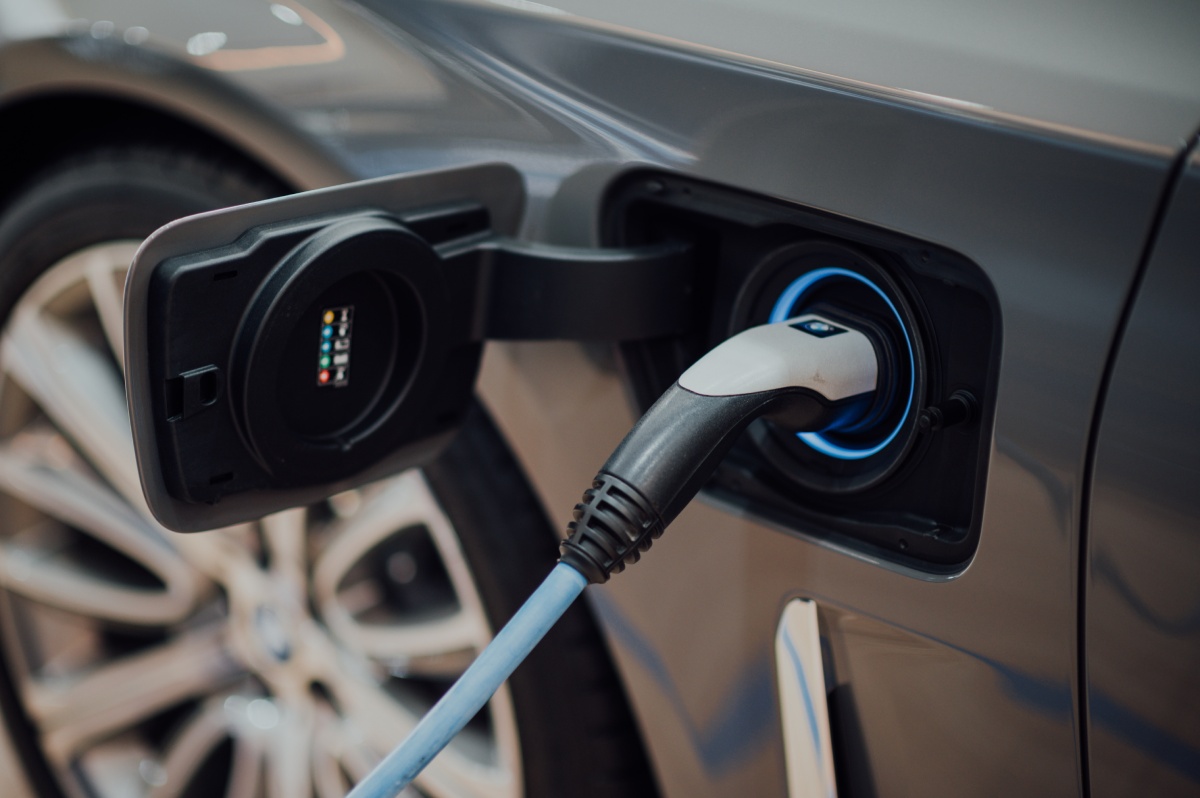Introduction
As our society seeks to mitigate the environmental impacts of our daily lives, a significant focus is being placed on green transportation. The shift towards cleaner, more sustainable modes of transport is not just a trend but a necessity as we grapple with issues such as air pollution and global warming.
Importance of Green Transportation
Green transportation plays an instrumental role in tackling these environmental concerns. Traditional gasoline-powered vehicles contribute to a substantial portion of global greenhouse gas emissions. They release carbon dioxide and other harmful pollutants contributing to climate change and negatively impacting air quality. By turning to greener alternatives, we can dramatically reduce this environmental footprint. This shift benefits the environment and improves public health by reducing pollutants that can lead to respiratory issues and other health problems.
Rise of Hybrid and Electric Vehicles
In green transportation, hybrid, and electric vehicles have emerged as leaders. With technological advancements and growing societal consciousness about environmental issues, these vehicles are no longer niche products. They’ve been gaining momentum in mainstream markets across the globe. Notably, electric vehicles (EVs) and hybrids represent a viable solution for sustainable personal transportation, offering the promise of substantial reductions in carbon emissions, particularly when charged with electricity from renewable sources.
Purpose of the Guide
This guide aims to comprehensively understand hybrid and electric vehicles, their benefits, and considerations for potential buyers. Whether you’re looking to switch for environmental reasons, cost savings, or a combination of factors, this guide can be a starting point. We’ll explore the ins and outs of these vehicles, cost considerations, and tips to choose the right model. Moreover, we’ll address common concerns and misconceptions, preparing you for a smooth transition to greener transportation.
By the end of this guide, you should have a solid foundation of knowledge to help you make an informed decision about switching to a hybrid or electric vehicle. Remember, the journey towards sustainable living isn’t about perfection but progress. And choosing a green mode of transport can be a significant step in the right direction.
Understanding Electric and Hybrid Vehicles
In sustainable transport, electric and hybrid vehicles are making waves. However, the distinction between these two types of vehicles can be confusing. This section aims to clarify what electric and hybrid vehicles are and how they differ.
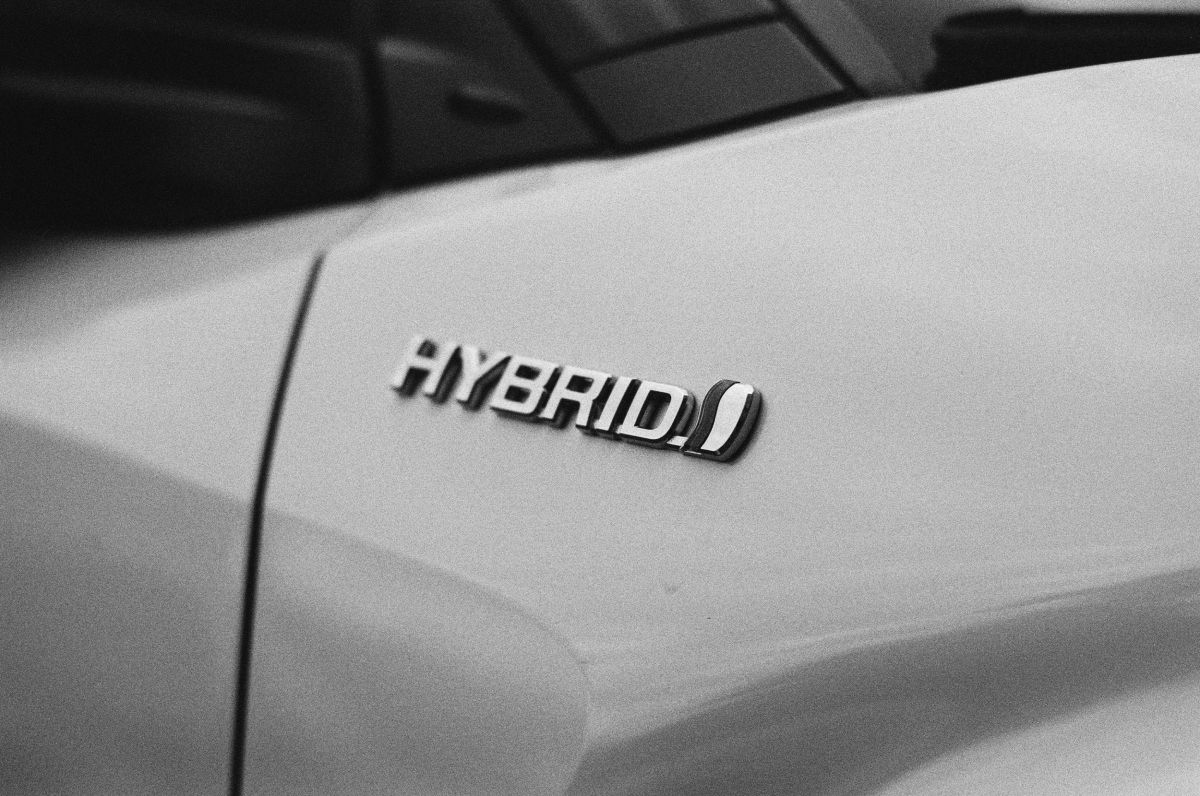
What are Electric Vehicles (EVs)?
Electric vehicles (EVs) are cars that are powered entirely by electricity. Unlike conventional vehicles that use an internal combustion engine, EVs use an electric motor and an energy storage device, such as a battery, for propulsion. The battery can be recharged by plugging it into an external source of electric power. Due to their zero tailpipe emissions, EVs are considered extremely environmentally friendly. Popular EVs include the Tesla Model 3, Nissan Leaf, and Chevrolet Bolt.
What are Hybrid Vehicles?
On the other hand, hybrid vehicles utilize both an internal combustion engine and an electric motor. The aim is to combine the best of both worlds: the longer range and easy refueling of conventional cars with the increased efficiency and lower operating costs of electric vehicles. In most hybrids, the electric motor is used at lower speeds. In comparison, the gasoline engine kicks in at higher speeds or when more power is required, such as during overtaking. The most common type of hybrid vehicle is the Toyota Prius.
Differences between Electric and Hybrid Vehicles
Electric and hybrid vehicles have some key differences. The primary one is the source of their power. While EVs run solely on electricity, hybrid vehicles use a combination of gasoline and electricity. As a result, EVs have zero tailpipe emissions, but they require charging infrastructure. On the other hand, hybrids have lower emissions than conventional cars and don’t necessitate charging infrastructure. However, they still rely partly on fossil fuels.
Another significant difference is their range. Generally, hybrid vehicles can travel longer distances without refueling or recharging because they can switch to gasoline once the battery depletes. However, advancements in battery technology are rapidly increasing the range of EVs.
Lastly, there’s the cost. EVs tend to be more expensive upfront due to the cost of batteries. But their lower operating costs can make them more cost-effective in the long run. Hybrids, while still more expensive than conventional cars, are usually cheaper than EVs upfront.
Understanding these differences is essential when switching to a hybrid or electric vehicle. Your decision will likely depend on your specific needs, driving habits, budget, and access to charging infrastructure. In the following sections, we’ll delve deeper into these considerations to help you make an informed decision.
Advantages of Electric and Hybrid Vehicles
Both electric and hybrid vehicles offer numerous advantages over traditional gasoline-powered cars. Their environmental benefits, cost-efficiency over time, and impacts on health and noise reduction are compelling reasons to switch. Let’s delve into these benefits further.
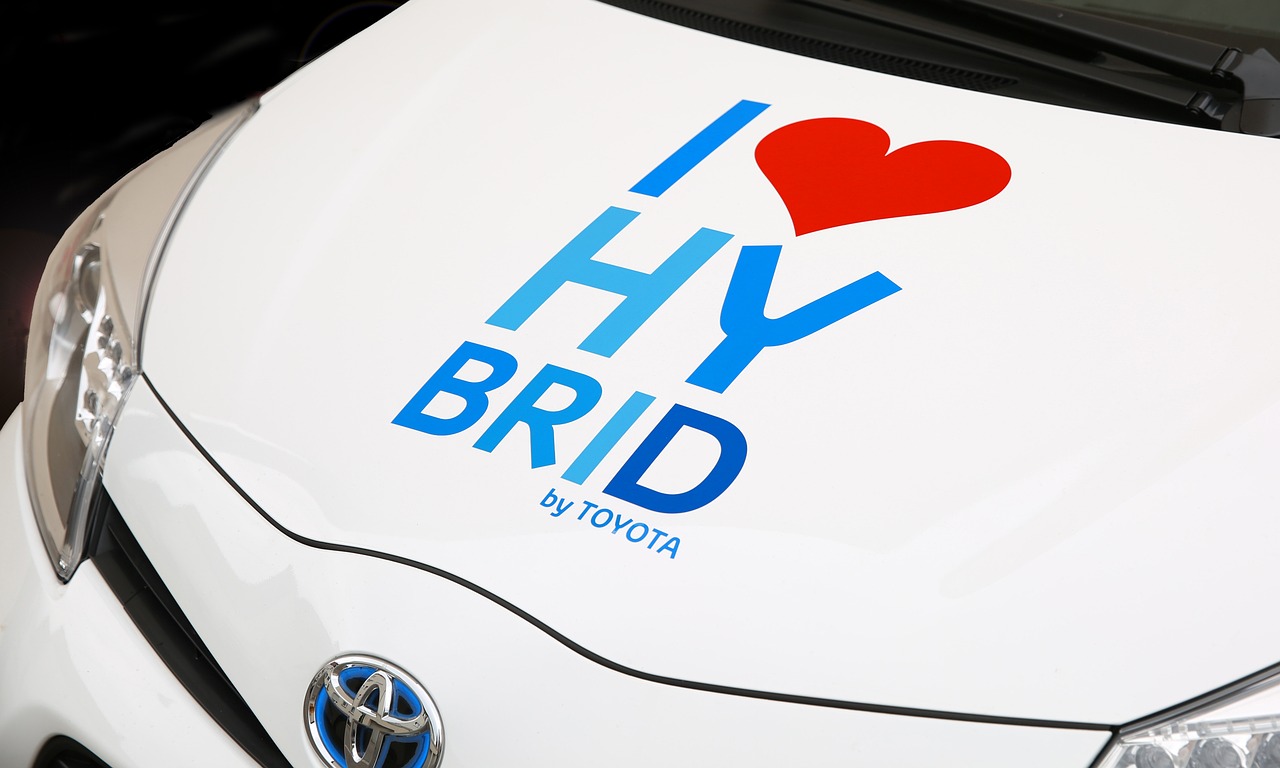
Environmental Benefits
When it comes to reducing the carbon footprint of transportation, electric and hybrid vehicles are the way forward. Electric vehicles (EVs) generate zero tailpipe emissions, leading to cleaner air and less contribution to climate change. Even when accounting for electricity generation emissions, EVs still appear ahead in most scenarios.
Hybrid vehicles also have lower emissions compared to conventional cars. Their ability to switch between gasoline and electric power makes them more fuel-efficient and reduces the volume of pollutants they emit.
Cost-Efficiency Over Time
While the upfront cost of electric and hybrid vehicles may be higher than traditional cars, they tend to be more cost-efficient over time. Fuel costs for EVs are generally lower as electricity is often cheaper than gasoline, and these vehicles are more efficient in using energy. Routine maintenance costs can also be lower for EVs, as they have fewer moving parts and don’t require oil changes.
Hybrid vehicles also offer cost savings. While they still need gasoline, their fuel efficiency means they use less, leading to lower fuel costs. Like EVs, hybrids also benefit from reduced maintenance costs due to their use of electric power.
Health and Noise Reduction Benefits
Finally, EVs and hybrids also offer health and noise reduction benefits. By producing zero or reduced tailpipe emissions, these vehicles contribute less to air pollution, which has been linked to various health issues, including respiratory conditions and heart disease.
Moreover, EVs and hybrids operate much more quietly than conventional vehicles, particularly at lower speeds. This can lead to significant noise reduction, especially in urban areas, contributing to a more serene environment and potentially reducing noise-related health issues.
In conclusion, electric and hybrid vehicles offer a variety of compelling benefits that make them a strong contender for anyone looking to purchase a new vehicle. However, it’s also important to consider potential drawbacks and challenges, which we will discuss in the next section.
Considering the Costs
While the benefits of electric and hybrid vehicles are considerable, it’s also crucial to understand the costs associated with owning these types of vehicles. This includes the initial purchase cost, the ongoing running costs of electricity vs. gasoline, and maintenance costs. Let’s delve deeper into these economic factors.
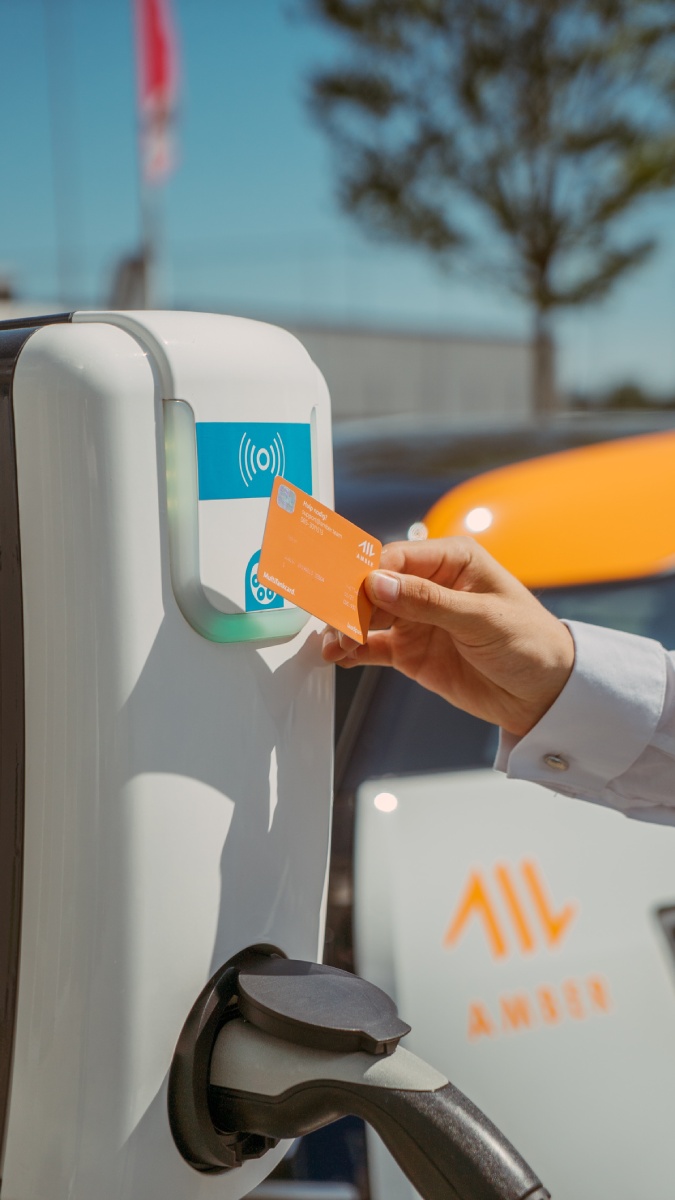
Initial Purchase Cost
There’s no denying that the initial purchase cost of an electric or hybrid vehicle can be higher than a comparable gasoline-powered car. The inclusion of advanced technology, such as large-capacity batteries, can make these vehicles more expensive to manufacture and, thus, to purchase. However, various federal, state, and local incentives can significantly offset these initial costs, making EVs and hybrids more affordable for many buyers. Moreover, as technology advances and economies of scale improve, the prices of these vehicles continue to drop, making them increasingly accessible.
Running Costs: Electricity vs Gasoline
Regarding running costs, electric and hybrid vehicles are more cost-effective than their gasoline counterparts. Charging an electric vehicle at home is usually cheaper than filling a gasoline car with fuel, particularly in areas where electricity prices are low.
Hybrid vehicles also offer reduced running costs. They use a combination of gasoline and electric power, meaning they consume less fuel than conventional cars. As a result, you’ll spend less on gasoline over the vehicle’s lifespan.
Remember that the electricity cost can vary based on location and time of use. Some utilities offer discounted rates for off-peak charging, which can further lower running costs for electric and plug-in hybrid vehicles.
Maintenance Costs
Electric vehicles have lower maintenance costs than conventional cars. With fewer moving parts and no need for oil changes, the ongoing maintenance of an EV can be significantly less expensive over the vehicle’s lifetime. However, it’s important to note that battery replacement costs may arise over time, although most EVs have long-term warranties for their batteries.
Hybrid vehicles can also have lower maintenance costs due to their part-time use of electric power. However, they still require some of the same maintenance as traditional cars, such as oil changes.
In conclusion, while the initial purchase cost of an electric or hybrid vehicle may be higher, the reduced running and maintenance costs make them a more economical choice in the long run. It’s essential to factor in all these costs when considering a switch to a hybrid or electric vehicle.
Evaluating Battery Life and Charging
One of the most significant factors to consider when contemplating switching to a hybrid or electric vehicle is battery life and charging options. Understanding the lifespan of EV and hybrid batteries, the availability of charging infrastructure, and home charging solutions will enable you to make an informed decision.

Lifespan of EV and Hybrid Batteries
Electric and hybrid vehicles rely heavily on their battery systems. Fortunately, these batteries are designed to last for a significant amount of time. Most electric and hybrid vehicle manufacturers provide battery warranties that last between 8 and 10 years or up to a certain mileage limit. Real-world data suggests that most EV batteries far outlast these warranty periods, often lasting the life of the vehicle. As technology improves, the lifespan of these batteries continues to increase.
However, like all batteries, those in electric and hybrid vehicles degrade over time, reducing range. Various factors, including driving conditions, charging habits, and climate, can impact battery life. Proper battery care and management can extend the battery’s lifespan.
Charging Infrastructure Availability
One concern potential electric vehicle owners often express is the availability of charging infrastructure. While it’s true that EV charging stations are less widespread than traditional gas stations, the infrastructure is rapidly expanding.
Public charging stations are becoming more common, particularly in urban areas. Various smartphone apps and vehicle infotainment systems can help locate charging stations, often showing real-time availability. Furthermore, an increasing businesses, shopping centers, and public buildings offer EV charging stations, providing opportunities to top up your battery while you shop or work.
Home Charging Solutions
Home charging is a convenient and cost-effective solution for many electric and hybrid vehicle owners. Although this can be slow, most electric and hybrid vehicles can be charged using a standard electrical outlet (120V). A home charging station, a Level 2 charger, can be installed for faster charging. These chargers require a 240V outlet (similar to a clothes dryer or oven) and can typically fully charge an electric vehicle overnight.
While the cost of installing a home charging station can vary, various incentives and rebates are available to offset this expense. In addition, the convenience of waking up to a fully charged vehicle often outweighs these costs.
In conclusion, while battery life and charging are significant considerations when switching to an electric or hybrid vehicle, technological advancements, and infrastructure improvements continually mitigate these concerns. Evaluating these factors based on your driving habits and needs is important.
Understanding Government Incentives
To promote the use of electric and hybrid vehicles and to encourage a more sustainable mode of transportation, governments worldwide offer various incentives. Understanding these incentives, such as federal tax credits, state and local incentives, and other rebates and programs, is essential to switching to a hybrid or electric vehicle.

Federal Tax Credits
In the United States, the federal government offers tax credits to purchasers of electric vehicles, which can offset a significant portion of the purchase price. This federal tax credit is applicable for fully electric and plug-in hybrid vehicles and can amount to up to $7,500. The amount of the credit depends on the battery used to power the vehicle.
It’s important to note that these credits are available until 200,000 qualified EVs have been sold in the United States by each vehicle manufacturer, after which the credit begins to phase out for that manufacturer. Consequently, the availability of this tax credit may depend on the vehicle brand you choose.
State and Local Incentives
In addition to federal tax credits, many states and local governments provide additional incentives for electric and hybrid vehicle owners. These can take many forms, including additional tax credits or rebates, reduced vehicle registration fees, exemptions from emissions testing, or access to carpool lanes regardless of the number of occupants.
The availability and size of these incentives vary widely by location, so it’s essential to research what’s available in your area.
Other Rebates and Programs
Outside of tax credits, there are other incentives that you may be eligible for when you purchase an electric or hybrid vehicle. For example, some utility companies offer EV owners reduced electricity rates, particularly off-peak charging.
There are also incentives for installing home charging equipment. Both federal and state governments offer tax credits for the purchase and installation of electric vehicle charging stations, which can significantly offset the cost of setting up a home charging station.
In conclusion, understanding the available incentives can significantly affect the overall cost when switching to a hybrid or electric vehicle. While the availability and size of these incentives can vary, they can provide a considerable financial benefit and further promote the adoption of more environmentally friendly transportation options.
Making the Switch: What to Expect
As with any significant lifestyle change, switching from a conventional car to an electric or hybrid vehicle brings a learning curve. While the process can initially seem daunting, understanding what to expect can alleviate concerns and prepare you for a smoother transition.
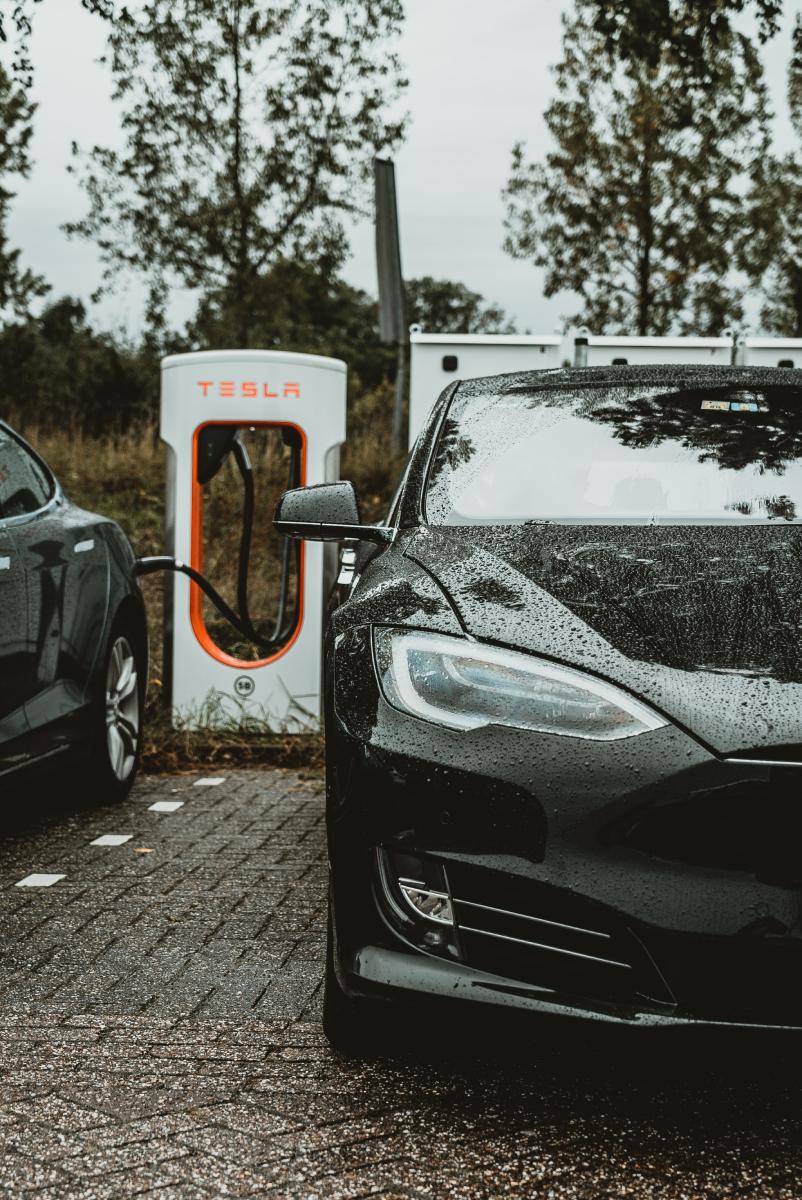
Driving and Operating Experience
Driving an electric or hybrid vehicle differs slightly from driving a conventional car. For one, electric vehicles are remarkably quiet. The instant torque provided by electric motors results in swift and smooth acceleration. Regenerative braking, a feature in many EVs, slows the car down while simultaneously recharging the battery, which can take some getting used to.
Insurance and Warranty Considerations
Insurance for electric and hybrid vehicles can sometimes be higher than traditional cars due to the higher purchase price and the cost of repairing or replacing complex parts like batteries. However, this is not always the case, and several insurance companies now offer discounts for green vehicles. In terms of warranty, many manufacturers offer extensive coverage for the battery and related components.
Embracing a Sustainable Lifestyle
Switching to an electric or hybrid vehicle is more than just changing your mode of transportation. It’s about embracing a more sustainable lifestyle. By opting for an electric or hybrid vehicle, you contribute to reducing greenhouse gas emissions and the consumption of fossil fuels. This step, along with others, like reducing waste, recycling, and making energy-efficient choices, helps create a more sustainable world.
In conclusion, transitioning to an electric or hybrid vehicle is a significant step towards greener living. As with any major change, there can be challenges, but the benefits to both the environment and, potentially, your wallet are significant. Stay informed and prepared, and you’ll find that the switch is more manageable than it may initially seem.
Preparing for the Switch
Switching to an electric or hybrid vehicle represents a significant lifestyle change, and preparation is key to understanding the nuances of EV and hybrid driving, planning for infrastructure needs, and mentally preparing for the transition.
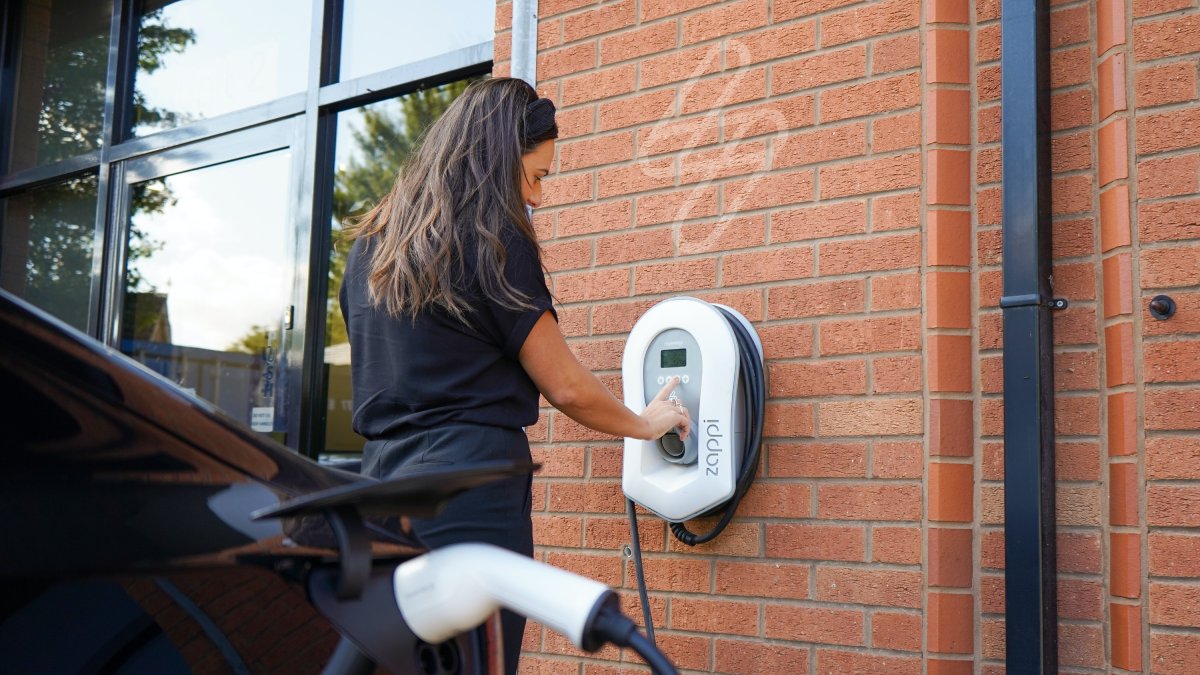
Transition from Traditional to Electric or Hybrid Vehicle
The first step in preparing for the switch is understanding how driving an EV or hybrid differs from a traditional vehicle. Electric vehicles deliver power differently, providing smooth, swift acceleration and incredible quietness. Hybrid vehicles also operate quietly and efficiently when running on electric power. Still, they will transition to the combustion engine when more power is needed or the electric charge is depleted. It’s a different driving experience that many find enjoyable and intuitive with a little practice.
Infrastructure Needs at Home
Considering an electric vehicle, you must plan for a home charging setup. Most EV owners do a significant portion of their vehicle charging at home. Depending on the vehicle and charger type, you might need to upgrade your home electrical system. It’s wise to consult with a professional electrician or your vehicle’s manufacturer for guidance. Remember that government incentives can often offset the cost of installation.
Adapting to EV or Hybrid Driving
Lastly, mentally prepare yourself for a new driving routine. Instead of frequent visits to the gas station, you’ll charge your EV at home, work, or public charging stations. This might require changes to your daily routine but offers the convenience of “refueling” while you sleep or go about your day. Also, with regenerative braking, an EV or hybrid can recover and store kinetic energy during deceleration, extending your driving range. This might take some time, but you’ll quickly adapt to the more efficient driving style.
In conclusion, while switching to an electric or hybrid vehicle involves new experiences and routines, with preparation and the right mindset, you’ll soon enjoy the unique benefits of these innovative vehicles. Remember that every step you take towards sustainability counts. Your decision to switch contributes to your economic benefit and helps preserve our planet for future generations.
Overcoming Common Concerns
Despite the numerous benefits of electric and hybrid vehicles, several common concerns often hold potential buyers back. These include range anxiety, high battery replacement costs, and a perceived limited choice of models. However, these concerns are rapidly diminishing with ongoing technological advancements and broader industry shifts.
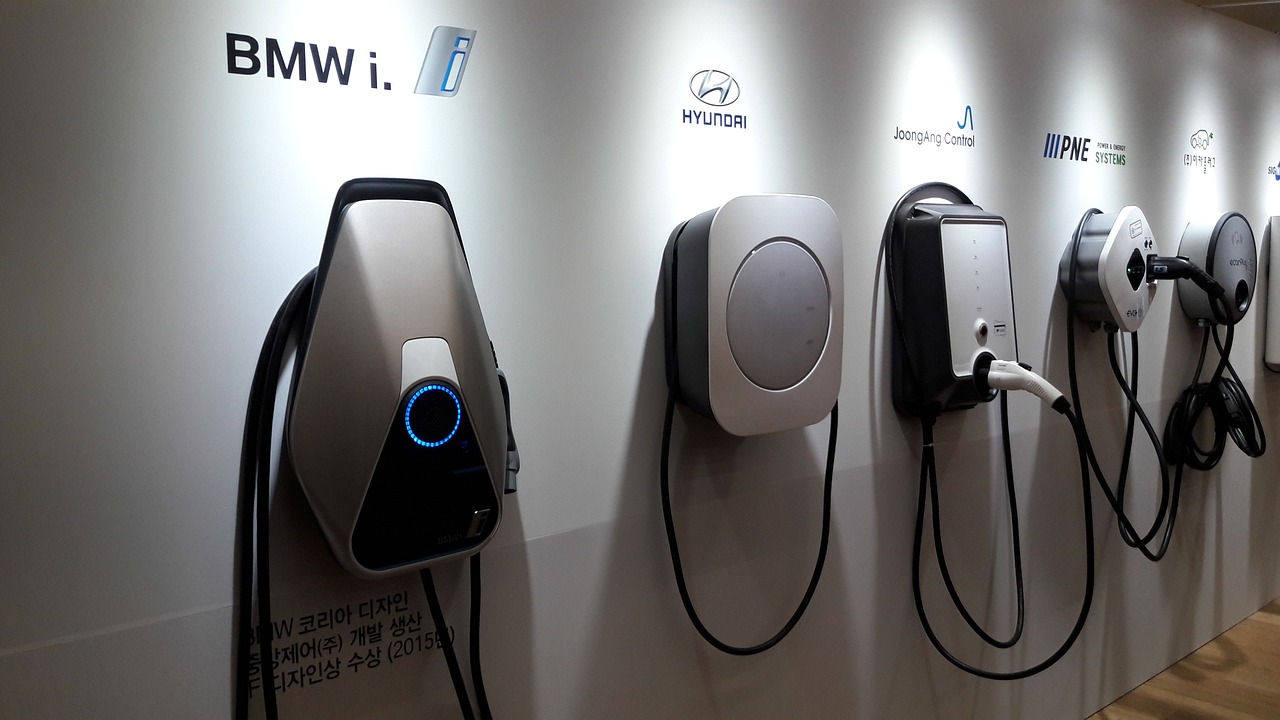
Range Anxiety
Potential EV buyers’ primary concern is ‘range anxiety,’ the fear that their vehicle will run out of power before reaching a charging station. However, the average daily commute for most drivers is significantly less than the range provided by most new electric cars. Moreover, as charging infrastructure improves and battery technology advances, EVs’ travel distances on a single charge increase. Using apps that locate charging stations can also help to alleviate this concern.
Battery Replacement Costs
Concerns over the cost and lifespan of batteries are common but often overblown. The reality is that most electric car batteries are designed to last for the expected life of the vehicle. They are also usually covered by warranties for eight to ten years. Even if a battery replacement is required outside the warranty, prices fall as technology advances. It’s also worth noting that EVs have fewer moving parts than traditional cars, potentially leading to less overall maintenance and lower costs in the long run.
Limited Model Choices
Finally, some people are concerned about the limited model choices available for EVs and hybrids. While it’s true that there were fewer choices in the early years of these vehicles, the landscape has changed dramatically. Almost all major manufacturers now offer multiple electric or hybrid models, from compact cars to SUVs and trucks. As the demand for sustainable vehicles increases, the variety of models and designs available is only expected to grow.
Overcoming these common concerns about electric and hybrid vehicles often comes down to staying informed about the latest advancements in the field. By understanding the realities of EV ownership and keeping abreast of the latest improvements, potential buyers can make confident, informed decisions about making the switch.
Conclusion
As we wrap up this comprehensive guide, it’s clear that switching to a hybrid or electric vehicle (EV) is a significant step towards reducing individual carbon footprints and a move towards a more sustainable future. The environmental, health, and financial benefits, alongside the ever-improving technological landscape, make this choice increasingly appealing.
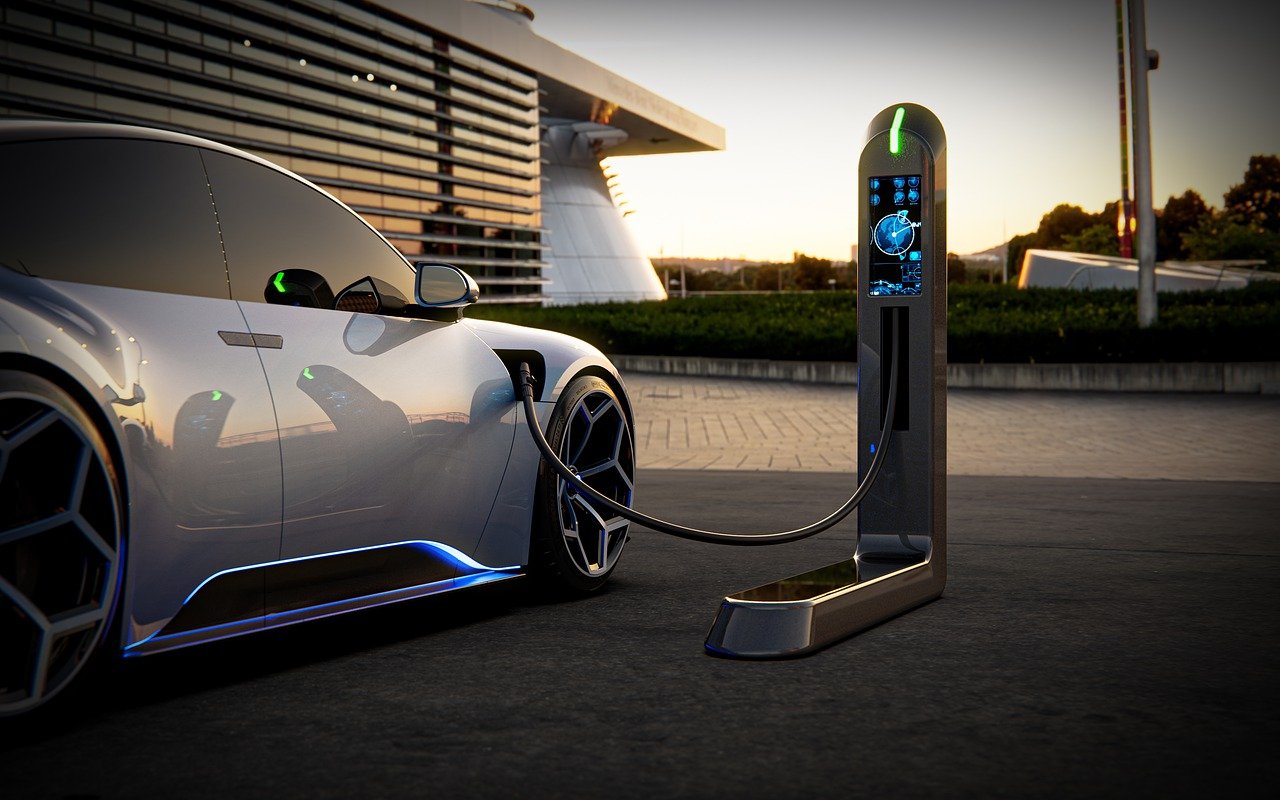
Recap of Key Points
Throughout this guide, we have delved into the workings of EVs and hybrids, highlighting their distinct features and advantages. They provide substantial environmental benefits, including reduced greenhouse gas emissions and less air pollution. We’ve also addressed the economics of owning these vehicles. While they may have a higher upfront cost, the long-term savings in fuel and maintenance can make them a cost-effective choice.
Importance of Moving Towards Green Transportation
Transitioning to green transportation is a crucial part of combating climate change. The transportation sector accounts for a large portion of global carbon emissions, and shifting away from fossil fuel-powered vehicles is a concrete step we can all take. With steady technological advancement and supportive government incentives, switching to an electric or hybrid vehicle has become an increasingly feasible option for many.
Encouraging Readers to Consider the Switch
While concerns like range anxiety, battery replacement costs, and limited model choices may arise when considering the switch, it’s essential to recognize how rapidly the industry is evolving. Increased vehicle ranges, falling battery prices, and an expanding variety of models are continually mitigating these challenges. As consumers, taking the time to learn about these vehicles, understanding their benefits, and considering their long-term cost-saving potential is a worthwhile effort. Every electric or hybrid vehicle on the road counts if we are to steer toward a sustainable future.
In conclusion, switching to electric and hybrid vehicles isn’t just about driving—it’s about embracing a lifestyle change toward greater sustainability. It’s about each of us contributing to a greener, healthier planet for future generations. As we navigate towards this cleaner future, let’s do so confidently, equipped with the right knowledge and ready to make a difference.

